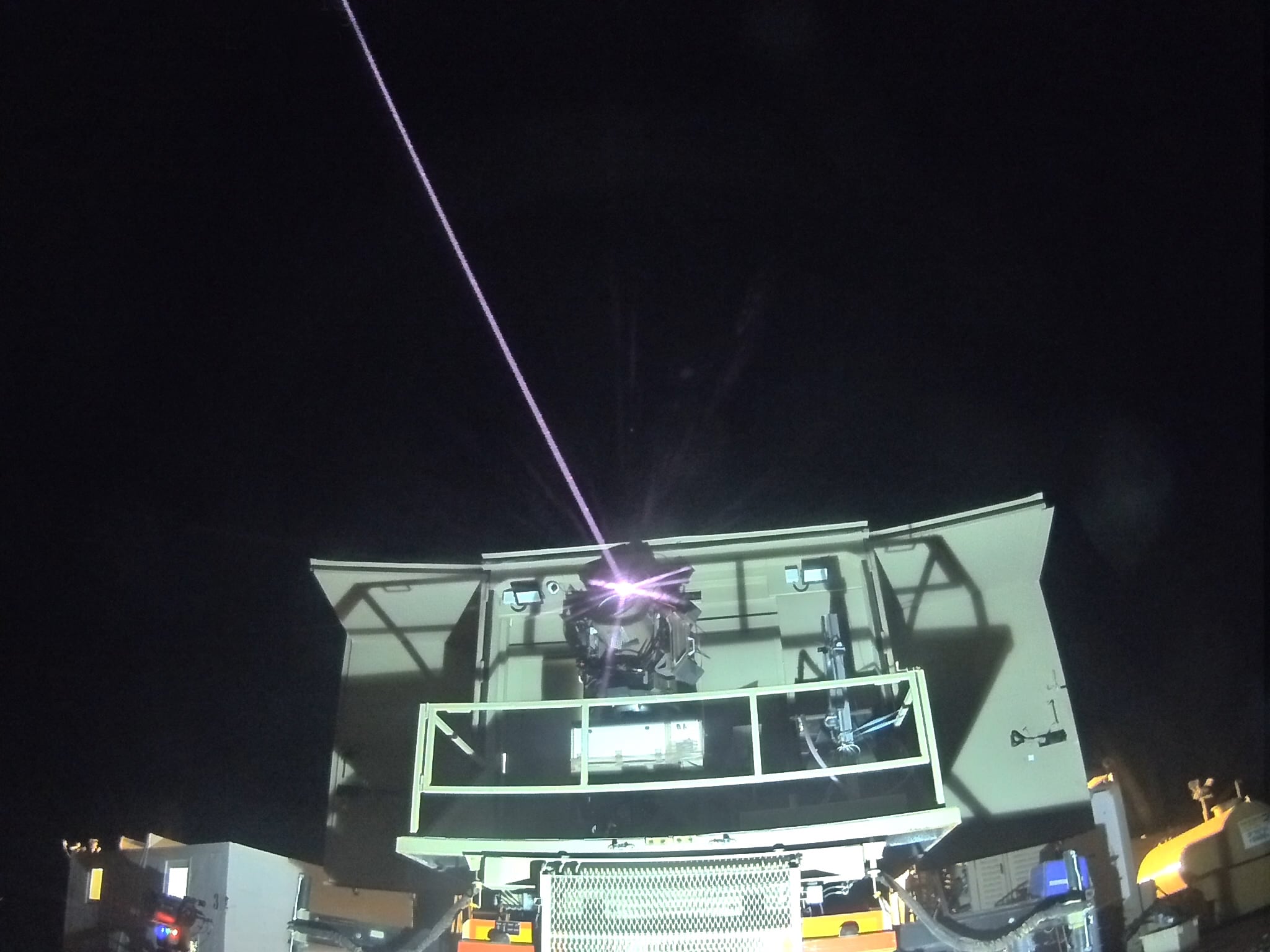WASHINGTON — The Biden administration’s budget package of roughly $106 billion in emergency supplemental funding includes a $1.2 billion investment in Israel’s directed-energy weapon system Iron Beam, which the U.S. Army could consider as an alternative laser weapon for its own needs, according to the service’s acquisition chief.
The Iron Beam technology is “intriguing,” Doug Bush told reporters last week. “If [the Israelis] are successful, that certainly could be something the Army could think about leveraging.”
Congress has yet to pass the supplemental funding aimed to support U.S. and allies’ defense needs, including Ukraine and Israel. A growing number of House Republicans oppose additional Ukraine aid and have instead pushed for a stand-alone $14 billion Israel supplemental.
Bush said he’d seen the first prototype of the directed-energy technology meant to augment the Iron Dome air defense system capability in Israel on his last trip to the country, adding that he was “pleased” to see the supplemental include the U.S. investment in developing Iron Beam.
The Army is working on its own high-energy laser as part of the Indirect Fire Protection Capability, or IFPC, to defend against rockets, artillery, mortars, cruise missiles and drones. Despite supply chain issues causing delays, the Army is in the process of receiving the first prototypes from its Leidos subsidiary Dynetics.
Army’s laser weapon pursuit
The laser weapon portion of the IFPC system is under development by the American firm Lockheed Martin. The Army awarded a contract to Lockheed in October to deliver two 300-kilowatt-class laser weapon systems for the IFPC prototypes program, with an option for two additional units.
“The Israeli system is a slightly different approach technologically,” Bush said, “so it’s actually a nice complement because we’re kind of going down one path; they’ve gone down a slightly different one. [I]f theirs works well, it could be something we could think about leveraging for our needs in that space. So that’s really a benefit of that funding is ... we can explore multiple paths here and see what works.”
While Bush said he could not go into specifics about the technology, the differences have to do with “how the laser beam is formed and aimed,” and each uses different power levels.
“They have a very specific problem they’re trying to solve with rockets and things like that, where the Army system goes a little broader — cruise missiles perhaps, things like that,” he added.
Israel’s laser development
Mark Montgomery, a defense analyst at the Foundation for Defense of Democracies think tank in Washington, said he hopes that if Congress passes the supplemental funding then the U.S. can make a deal with the Israeli government in which intellectual property is owned by both American and Israeli companies involved. That would presumably be U.S.-based RTX and Israel’s Rafael Advanced Defense Systems, which worked together to co-develop Iron Dome.
Those companies should be able to “immediately turn it around and build stuff for us because this is a serious investment in laser and non-kinetic directed-energy weapons,” Montgomery told Defense News in a recent interview.
Then-Israeli Prime Minister Naftali Bennett announced in early 2022 the country’s plan to create a “laser wall” to shift from spending money a large quantity of interceptors to using less costly lasers. He had said the system would be operational by next year. But later that year, the Israeli government said it could likely deploy the system in two years.
While the system is not yet operational, Israel announced in April 2022 it had successfully intercepted mortars, rockets and anti-tank missiles in recent tests in the Negev Desert the month prior. And Iron Beam was on display in February 2023 at the IDEX defense exhibition in the United Arab Emirates.
Experts have highlighted the technological challenge lasers have in handling large salvos of rockets because lasers take time to heat up a target to destroy it. A laser might need to hit a target steadily for two to three seconds to destroy a rocket, for instance.
The Israel-Hamas war has shown, according to reports from both sides, that the militant group potentially doubled its rocket rate of fire compared to the war they fought in May 2021.
In 2021, Hamas could fire roughly 125 rockets in salvos over several minutes. In Hamas’ attack on Israel on Oct. 7, 2023, the group reportedly fired 3,000 to 5,000 rockets into the country over a 20-minute time period.
Jen Judson is an award-winning journalist covering land warfare for Defense News. She has also worked for Politico and Inside Defense. She holds a Master of Science degree in journalism from Boston University and a Bachelor of Arts degree from Kenyon College.








